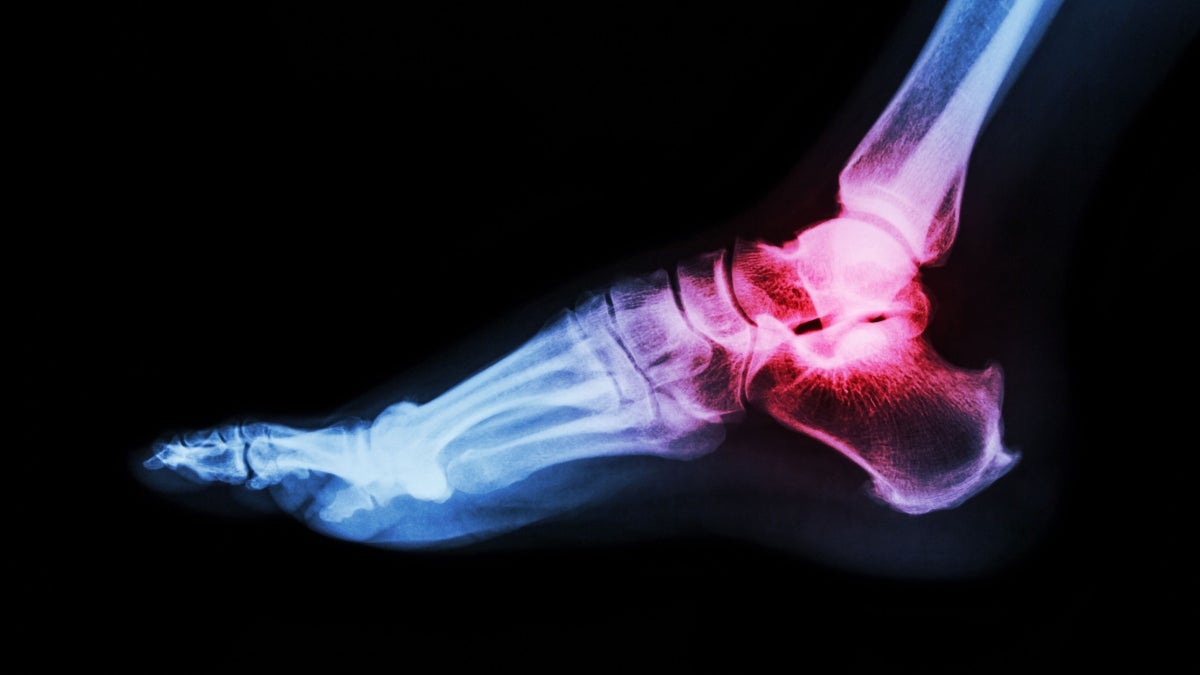For the more than 2 million lower-limb amputees in the United States, the path less traveled is usually on sand or grass.
That’s because of their prostheses. Powered ankle prostheses enable users to walk naturally and even run, in some cases. But when they switch from walking on concrete to a more compliant surface like the beach or a lawn, the ankle doesn’t understand the difference. It tries to have exactly the same motion on each surface.
“People fall because of that,” said Panagiotis Artemiadis, a roboticist at Arizona State University.
The National Science Foundation recently awarded Artemiadis and two other ASU scientists a $1 million grant to develop and test a smart robotic ankle that can adapt to walking on a variety of surfaces.
People spend 10 to 20 percent of their walking time on uneven surfaces. Using current prosthetics designs, users fall on soft surfaces about 20 percent of the time.
“It’s not a huge percent, but if you fall 20 percent of the time, it’s a huge problem,” said Artemiadis, an associate professor in the School for Engineering of Matter, Transport and Energy in the Ira A. Fulton Schools of Engineering.
Lower-limb amputees sometimes prefer a passive spring like the blades worn by Olympian Oscar Pistorius instead of a powered ankle that will enable them to walk and run because they won’t fall when they cross an uneven surface. They know what the spring will do, and they can compensate for it.
When you step from concrete to mud or sand or grass, the mechanics of how ankles and knees move changes. Everyone knows it’s harder to walk on sand than a sidewalk, for instance. Muscles move differently on different surfaces.
“We want to create a robotic ankle that is powered but can identify differences on the walking-surface compliance, and adapt to that so that it can transition between surfaces,” Artemiadis said. “You can go from sand back to concrete and solid surfaces and transition from grass to mud and still not have any problems.”
Human-systems engineering program chair Rob Gray from the Polytechnic School will help design the system and test it from a human-factors standpoint. Height and weight play significant roles in lower-limb prostheses. Roboticist Tom Sugar will also work on designing the prosthetic.
“It’s a project that will have an impact out of the lab,” Artemiadis said.
More Science and technology

Ancient sea creatures offer fresh insights into cancer
Sponges are among the oldest animals on Earth, dating back at least 600 million years. Comprising thousands of species, some with lifespans of up to 10,000 years, they are a biological enigma.…

When is a tomato more than a tomato? Crow guides class to a wider view of technology
How is a tomato a type of technology?Arizona State University President Michael Crow stood in front of a classroom full of students, holding up a tomato.“This object does not exist in nature,” he…

Student exploring how AI can assist people with vision loss
Partial vision loss can make life challenging for more than 6 million Americans. People with visual disabilities that can’t be remedied with glasses or contacts can sometimes struggle to safely…
